Tornadoes and severe storms are no stranger to the Chicago area.
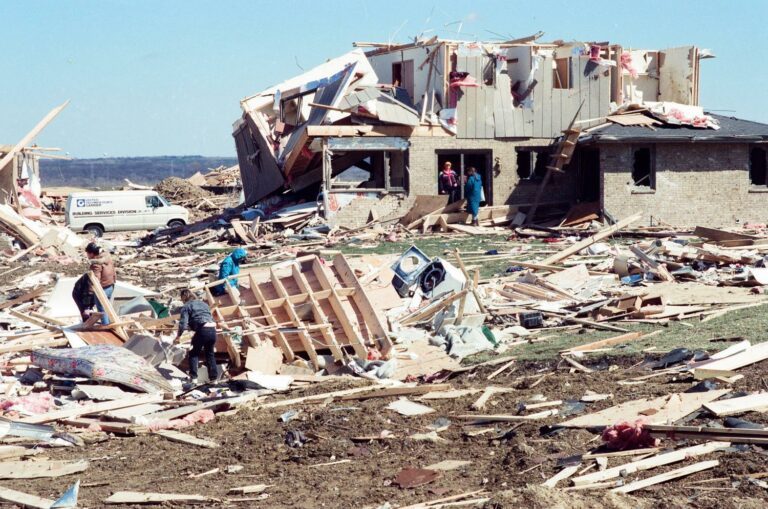
Clean-up work being done in Lemont, Illinois, after a tornado came through the area on March 27, 1991. ST-11002137-0015, Chicago Sun-Times collection, CHM
Since the 1960s, tornadoes have occurred more frequently in the far western and southwestern suburbs in a corridor from Aurora to Joliet and south toward Kankakee. However, tornadoes can occur anywhere in the Chicago area—including inside the city limits. Just last year, on July 15, 2024, a tornado touched down along I-290 and crossed the river into downtown Chicago.

Tornado damage at the Marycrest shopping center in Joliet, Illinois, April 6, 1972. Carnival equipment in the parking lot was blown into the MFA Insurance Agency. ST-17303614-0036, Chicago Sun-Times collection, CHM
According to the National Weather Service (NWS), in the Chicago area, tornadoes are most common in spring, with a secondary peak in late summer to mid-fall. They most frequently occur in the afternoon and evening, with the peak between 5 and 6 p.m. When the conditions are favorable for tornado formation, sometimes several significant tornadoes occur in the same area on the same day.
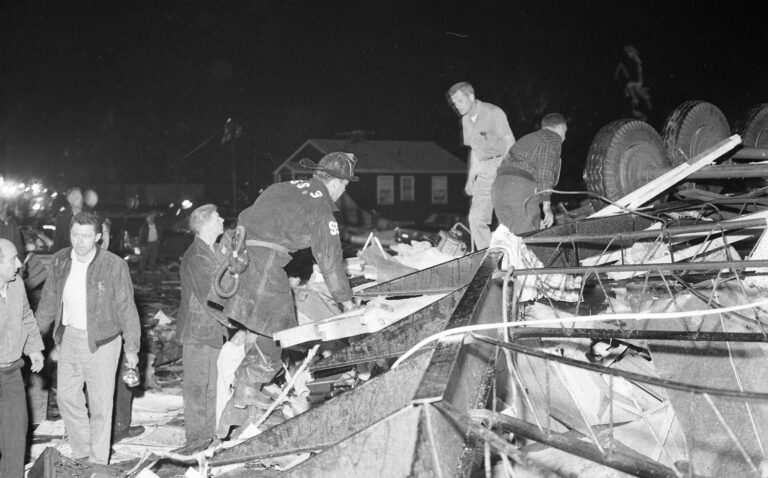
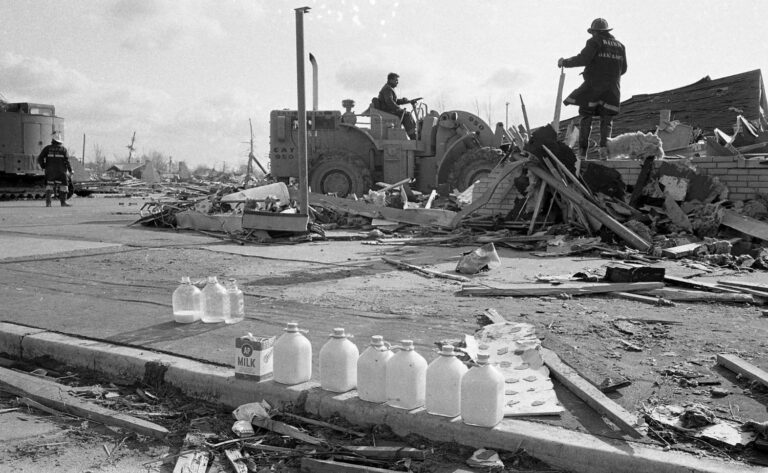
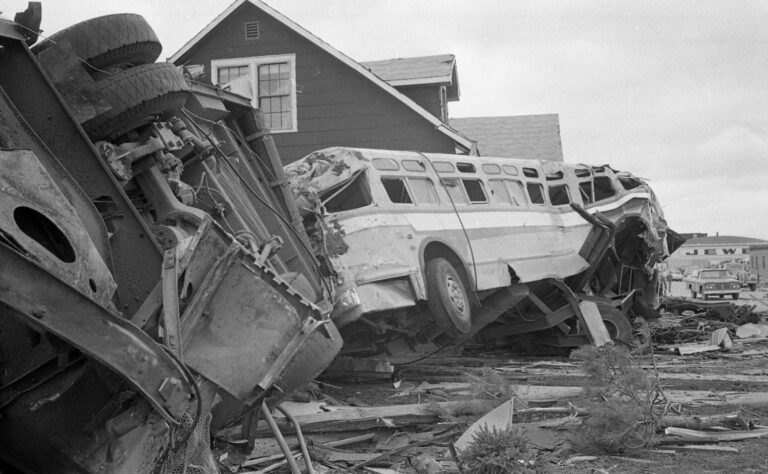
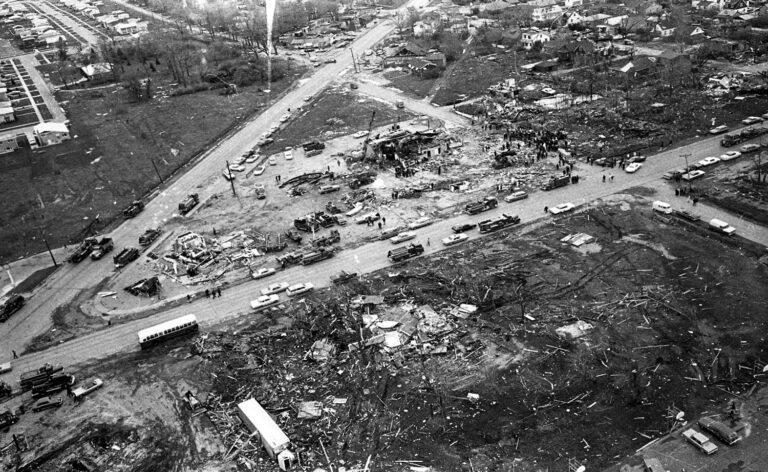
Scenes of the damage sustained in Oak Lawn from a tornado that struck on April 21, 1967, including an upturned trailer at 91st and Cicero Ave., milk bottles that survived a restaurant being leveled, transit buses thrown across the street from the company, and aerial helicopter footage. ST-17302102-0008, ST-17302007-0052, ST-17302007-0058, ST-17301778-0017, Chicago Sun-Times collection, CHM
On April 21, 1967, five significant tornadoes struck the area. An F4 tornado (on the Fujita scale, or F scale, an F4 tornado’s winds are estimated to have been 207–260 mph) formed in Palos Hills in Cook County and traveled through Oak Lawn and then across the South Side of the city, hitting the lakefront near 79th Street. The 200-yard-wide tornado traveled 16 miles and caused the deaths of 58 people (33 in Cook County) and over $50 million in property damage.
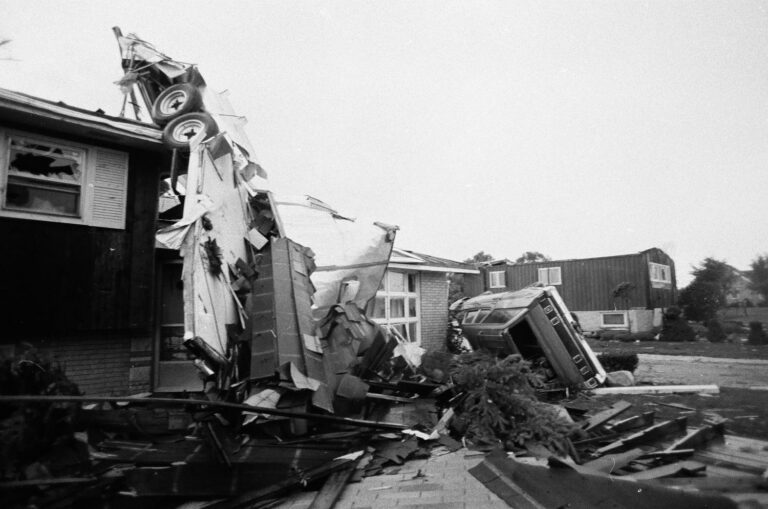
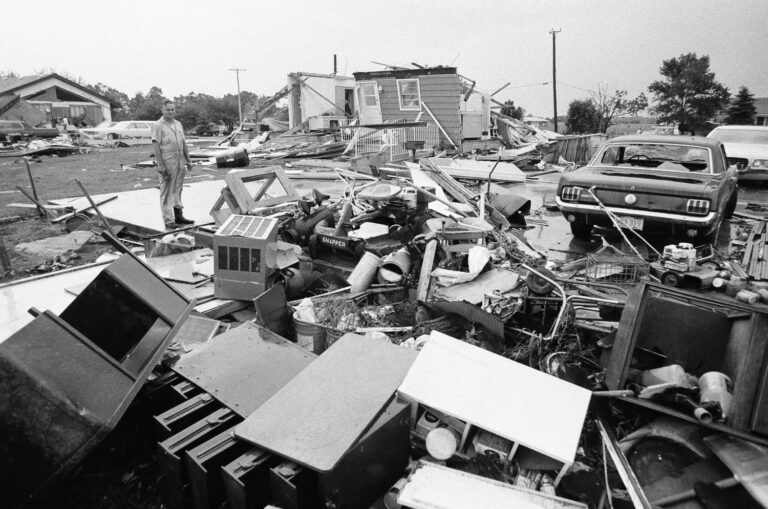
Tornado damage in a residential area of Lemont on June 13, 1976. ST-40003570-0010, ST-40003570-0029, Chicago Sun-Times collection, CHM
Another notable tornado struck on June 13, 1976, looping through the Lemont area. While on average tornadoes are on the ground for five minutes, this tornado remained on the ground for over an hour, causing $13 million of destruction and killing 2 people. The tornado was also unusual in that it stayed stationary for a period. Its total track was 8 miles long with a width of up to 800 yards.
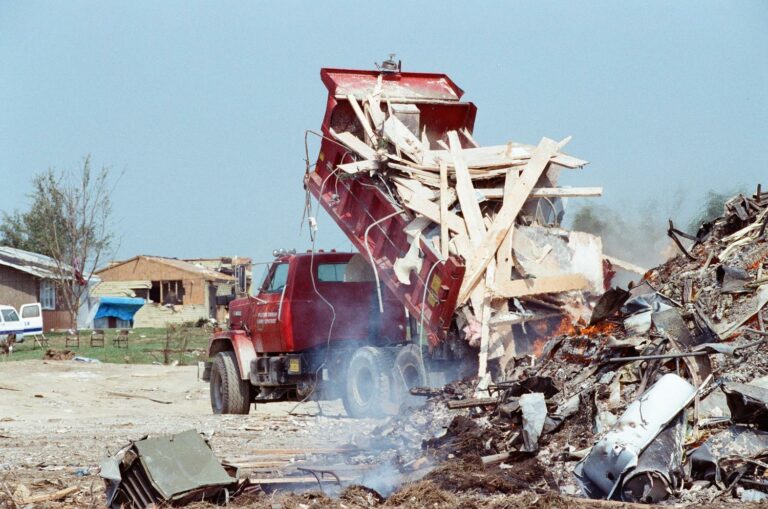
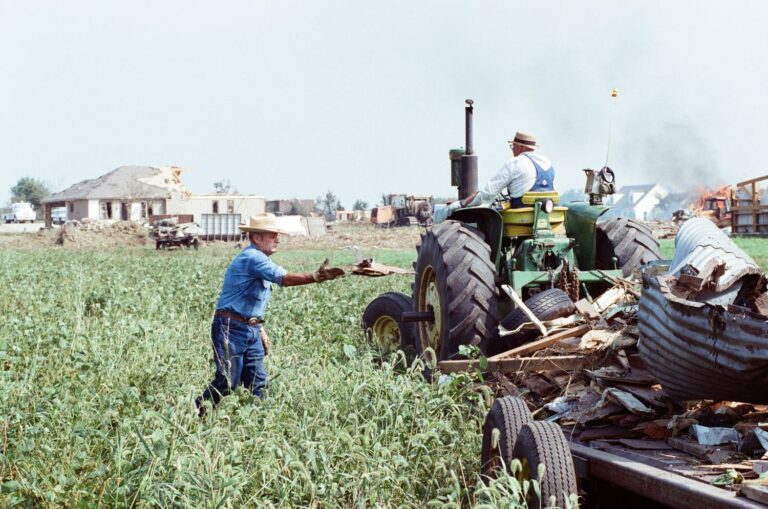
Clean-up in Plainfield after the tornado, including members of the Mennonite community, September 4, 1990. ST-14000070-0027, ST-14000070-0013, Chicago Sun-Times collection, CHM
The only F5 tornado (estimated winds of 261–318 mph) to strike Chicago struck Plainfield on August 28, 1990. It is the only F5 tornado ever officially recorded in August in the United States. The tornado formed near Oswego and took an unusual southeasterly path through Plainfield, Crest Hill, and Joliet. On its 16-mile-long path, the tornado killed 29 people, injured another 350, and caused $165 million in damage. Forecasters gave little warning time for the tornado, and ultimately the event led to changes in forecasting.

To mark the first anniversary of the tornado that devastated the village, Plainfield residents gathered for fellowship on August 25, 1991. ST-10000107-0013, Chicago Sun-Times collection CHM
At the time of the Plainfield tornado, the Chicago office of the NWS was responsible for providing forecasts for the entire state of Illinois. After the tornado, the NWS created two new offices—Romeoville in 1993 and Lincoln in 1995—to reduce the Chicago office’s workload. Tornado forecasting has also improved since 1990 with the installation of NEXRAD, a network of high-resolution weather radars, which has also undergone several technological advances to better track and anticipate dangerous severe weather and tornadoes.
Have you experienced a tornado in the area?